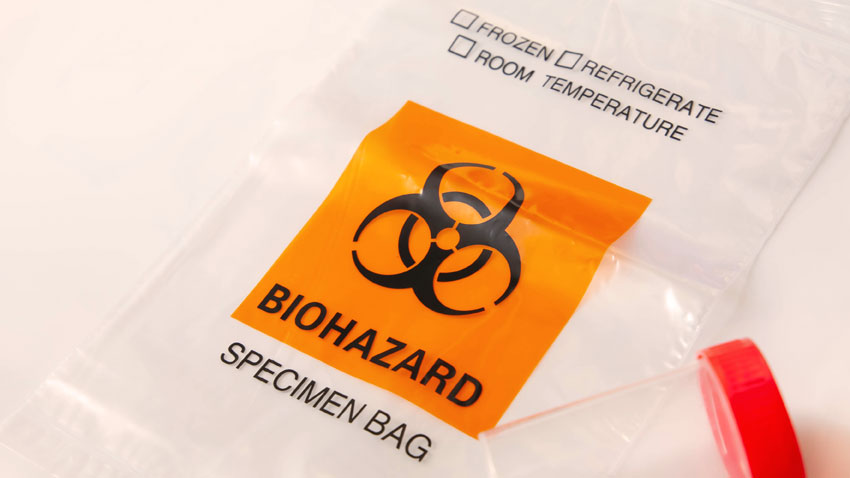In 2019, fields were left unplanted because of exceptional spring rains. In 2020, packing plants reduced capacity or closed in response to COVID-19.
Agricultural markets are variable to volatile – always have been and always will be. Being a part of the complex business of agriculture requires intelligence, creativity, flexibility, and a reliable supply of antacids.
The good news is that food is not a fad, and veterinarians are in a position to help clients efficiently market high-quality meat, milk, and poultry products.
Veterinarians are in a position to help clients prepare high-quality meat, milk, and poultry products for agricultural markets. Marketing decisions might influence your approach to the work.
Ed Garrett, DVM, MS, DACT
As appointments for fall work are being made, pause to discuss marketing options with clients because marketing decisions might influence your approach to the work. The price spread between “average” and “good” cattle will likely be meaningful this year. Your assistance in helping them sell “good” cattle will be appreciated when the check for the cattle arrives.
What is the difference between “average” and “good”? Good flesh, a full belly, quiet temperament, and proof of vaccination.
Good flesh and a full belly go together to some extent. A cow herd with access to good feed during the summer should wean fleshy calves; however, their bellies will only be full for a day if they are not accustomed to eating at a bunk. Creep feed for calves before weaning will ease the transition away from the cow.
Give calves time to settle down and start eating before they leave the farm. Some process-verified programs may require a minimum amount of time on feed, but two weeks is adequate to get most calves going well. If the calves are not in good flesh, keep them on feed until they reach a reasonable body condition. Corn is cheap, so it is reasonable to provide feed for the calves. If feed costs for two weeks are about $30, a $0.06/lb margin on a 500-lb calf covers feed costs.
Giving calves a chance to start on feed will give them a chance to become accustomed to close contact with people, if that is not already the case. Cattle that remain calm around people are less stressed and less likely to become ill.
Vaccination programs always look better with calm cattle. Take time to find out what process verification programs are preferred at regional markets. Follow the program guidelines and make sure the documentation accompanies the cattle to realize available premiums.
The demand for custom slaughter (freezer beef) has skyrocketed this year because of supply chain disruptions caused by COVD-19. There may be new opportunities to market a portion of the calf crop locally and gain additional margin on the calves. Make sure there is a place to have the calves processed at the time they are expected to be finished, because demand for custom slaughter has exceeded capacity in many areas.
If clients elect to keep some calves back to feed, make sure they are diligent about vaccinations. Calves that never leave the farm are still susceptible to the bovine respiratory disease complex. If the vaccination program does not have to follow a process-verified scheme, consider using a modified live viral product followed by a killed viral product. The combination has been shown to yield a high antibody titer.
Hopefully, the fall work includes pregnancy examination for the cow herd. Open cows should not stay in the herd. Aggressive selection for reproductive efficiency is paramount to long-term success. The price for cull cows is mediocre in agricultural markets. Like the calves, there may be local marketing opportunities for cull cows as ground beef through custom slaughter channels. Depending on the area, cull cows for local ground beef might be the highest margin product sold in the fall.
By Ed Garrett, DVM, MS, DACT

![[cattle]](https://vetmed.illinois.edu/wp-content/uploads/2021/04/cow-web.jpg)


